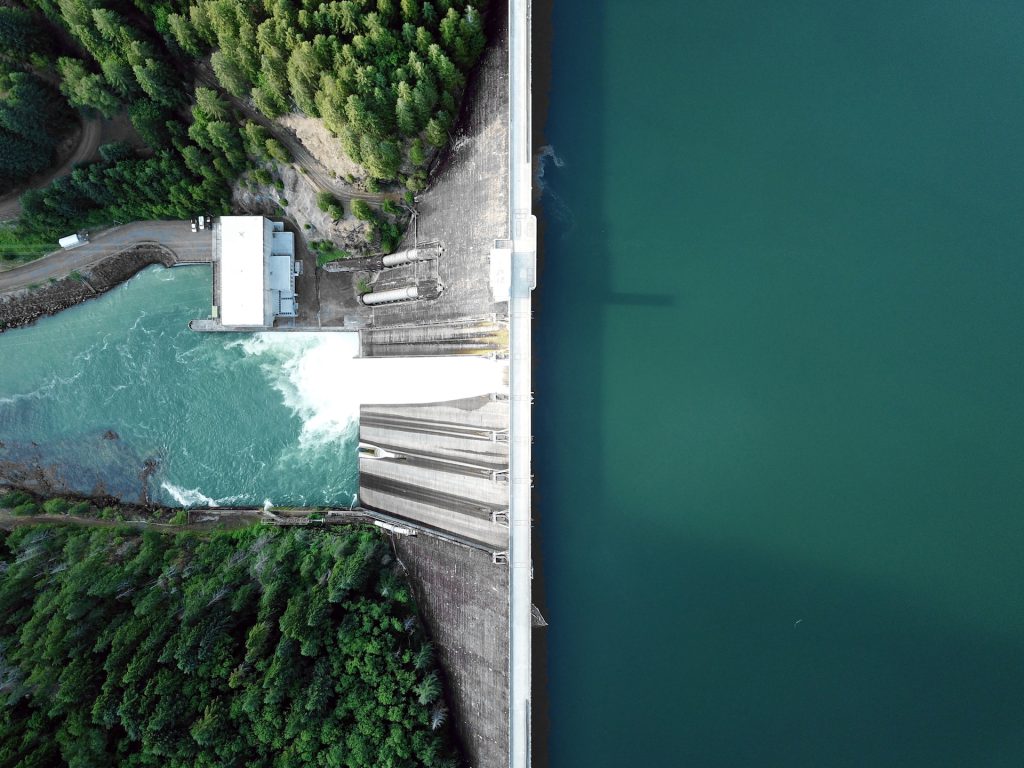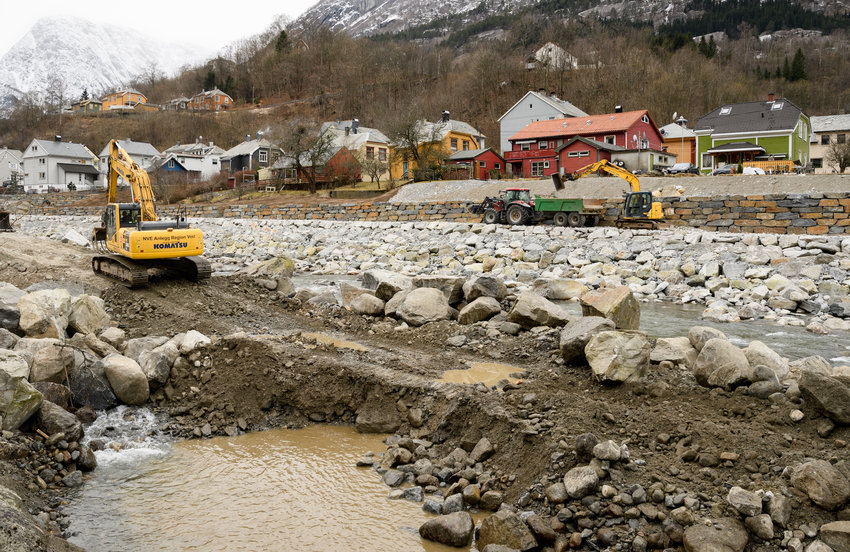Hydropower is an important energy source in Brazil. In recent years, the amount of water available for power generation in the reservoirs has changed. In her master’s thesis, Emilie Byermoen from the University of Bergen has studied how to distinguish between internal variability and trends in three hydrographic catchment areas in Brazil.

More than 65% of power generation in Brazil comes from hydropower. Long-term planning of hydropower production is essential for maintaining the country’s energy and water security. Recent years have seen a change in the amount of water available, and there is an urgent need to understand the reason(s) for these changes, and whether the trends will persist, reverse, or intensify in the future.
Byermoen has assessed trends and variation in precipitation and evaporation using the Norwegian Climate Prediction Model (NorCPM), and compared the results with observed precipitation, evaporation, inflow trends and variation for catchment areas in the Amazon, São Francisco and Paraguay.
In addition, she has correlated modelled and observed seasonal precipitation time series for each catchment with observed lagged streamflow and modelled and observed global SSTs for two separated filtered timescales.
The results have implications for hydropower and water management planning in the three catchment areas in Brazil:
- Byermoen found that the multi-decadal trend of increasing streamflow in the Amazon is (partially) externally driven, and may therefore persist, while the SON flow, during the Southern Hemisphere spring, is closely linked to the winter (JJA) precipitation variability shown to be driven by ocean variation and may therefore reverse in the future.
- The long-term decrease in rainfall in São Francisco is probably caused by internal variability and will therefore probably (partially) recover in the long term, but the results indicate that flow variations in the basin are also significantly influenced by factors other than rainfall. The São Francisco catchment is found to be strongly linked to the Southern Hemisphere summer rainfall (DJF rainfall) variations that the model fails to reproduce.
- The steep decline in flow in Paraguay’s catchment in recent decades likely has more causes than rainfall, according to the results. It is therefore important to monitor several factors to map the connections.
UiB is a partner in Climate Futures, and the master’s thesis was written as part of this collaboration.
Download the entire thesis here: https://bora.uib.no/bora-xmlui/handle/11250/3071878

